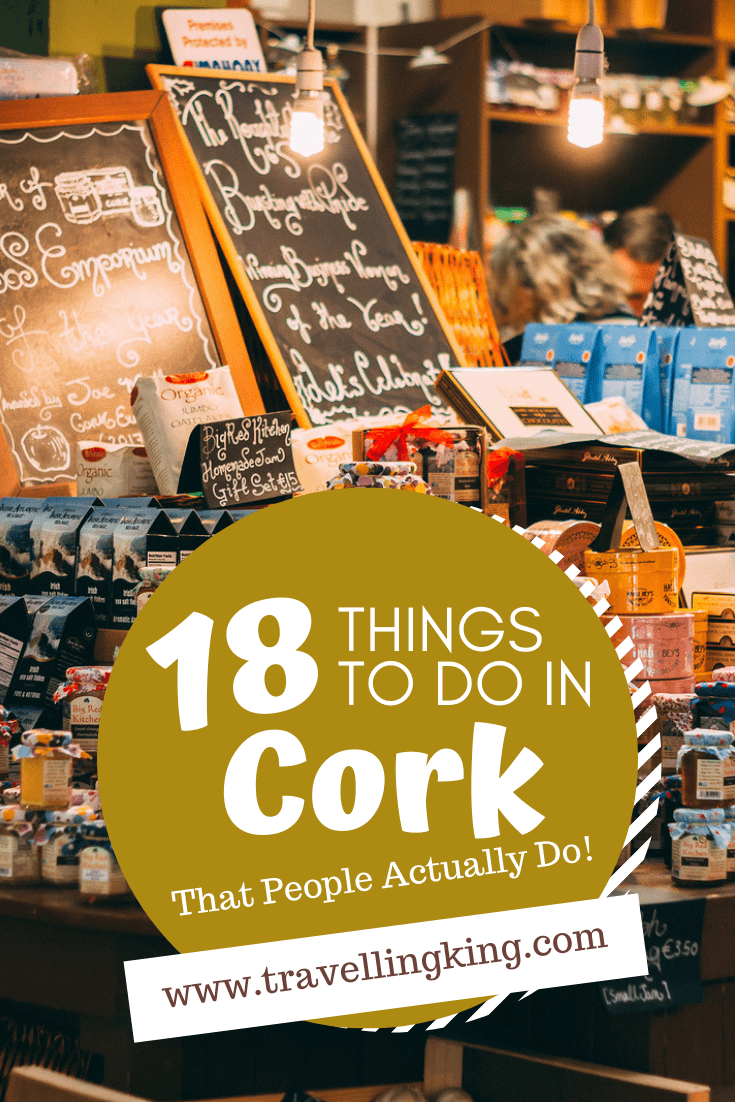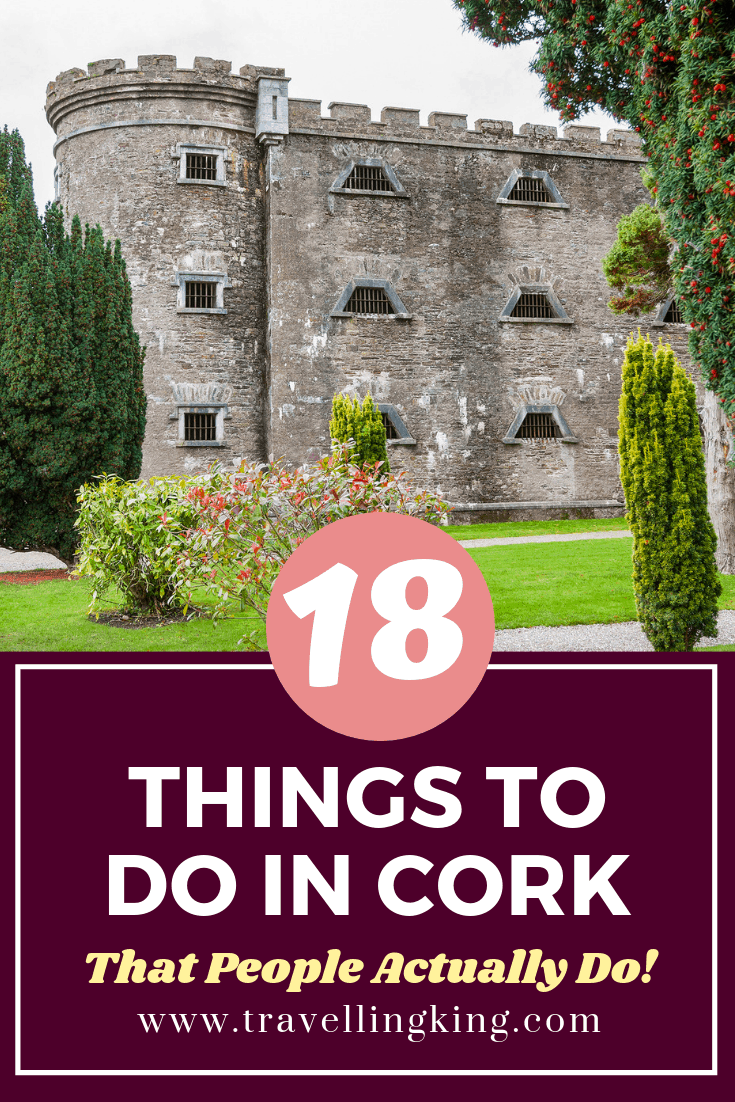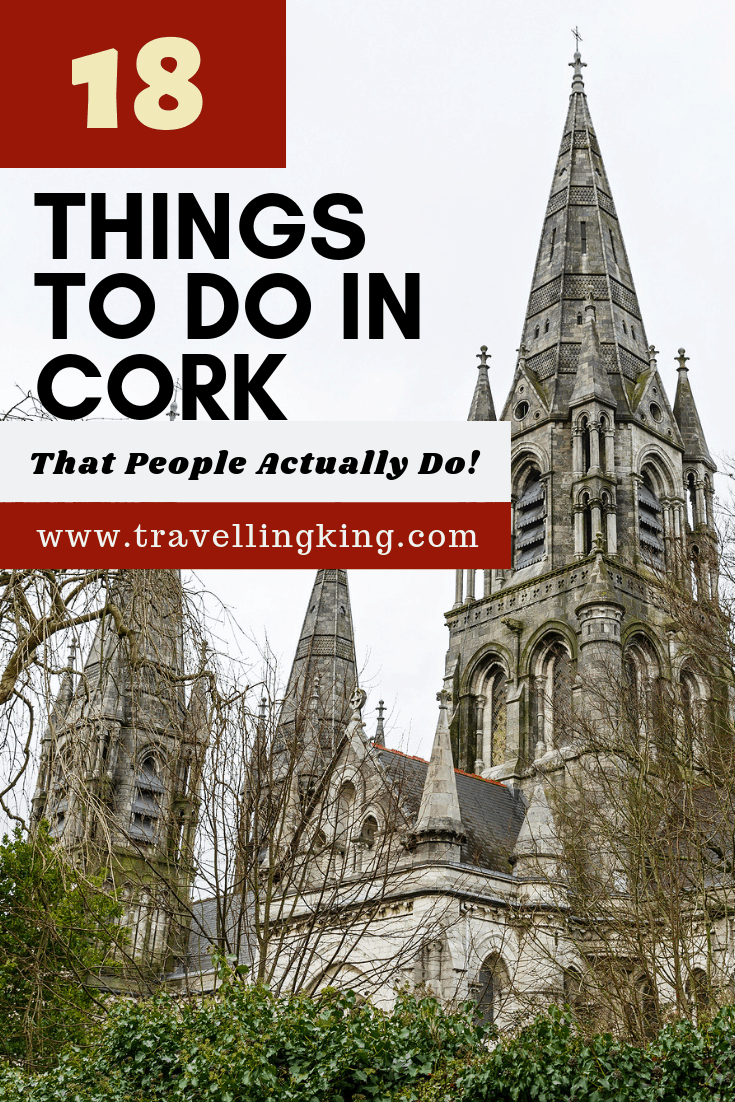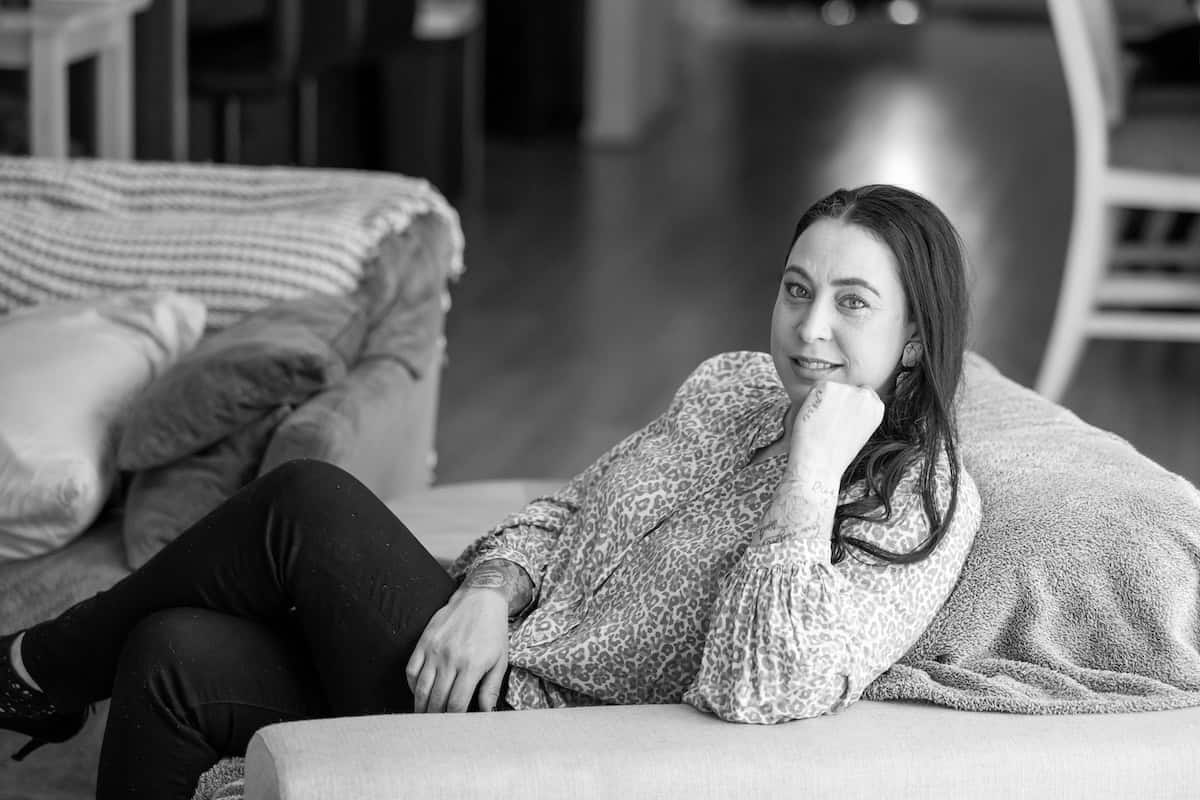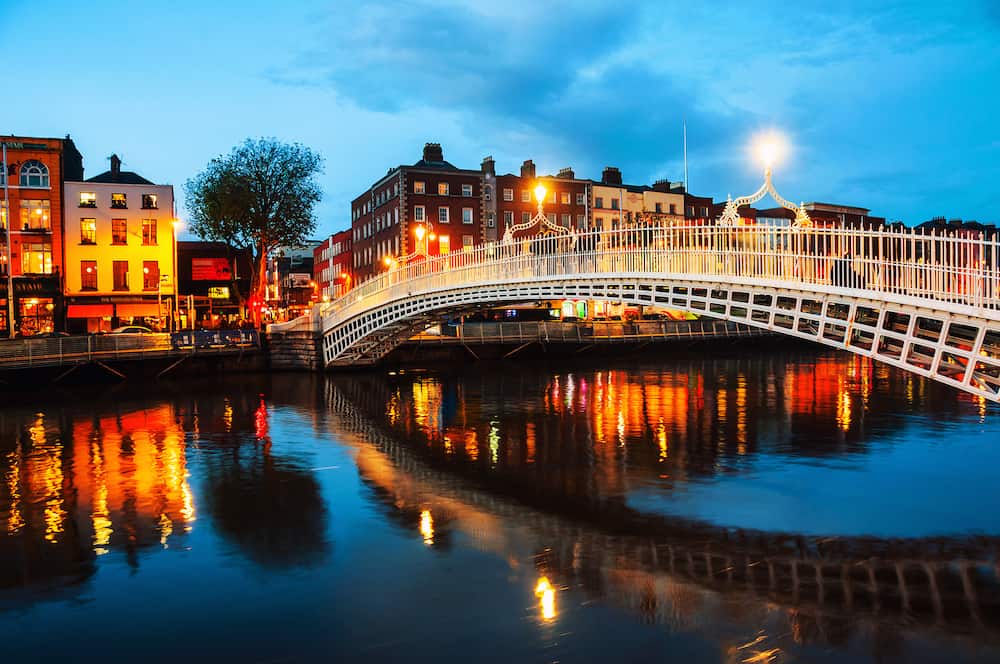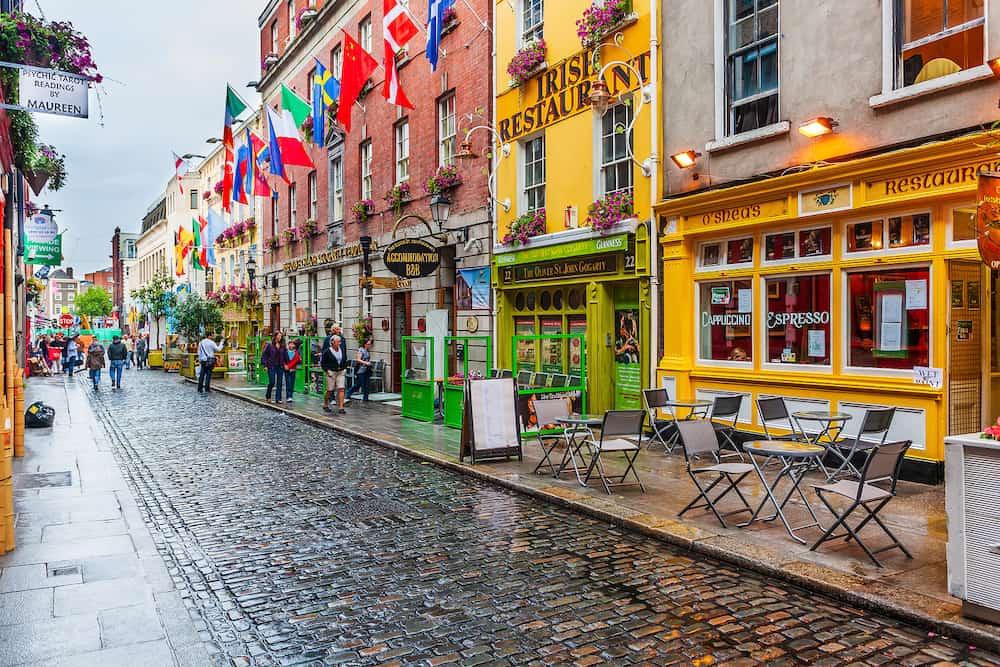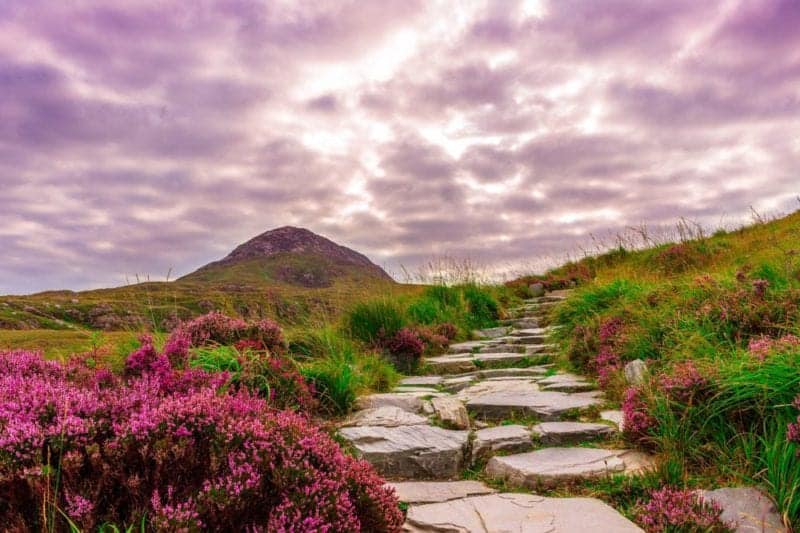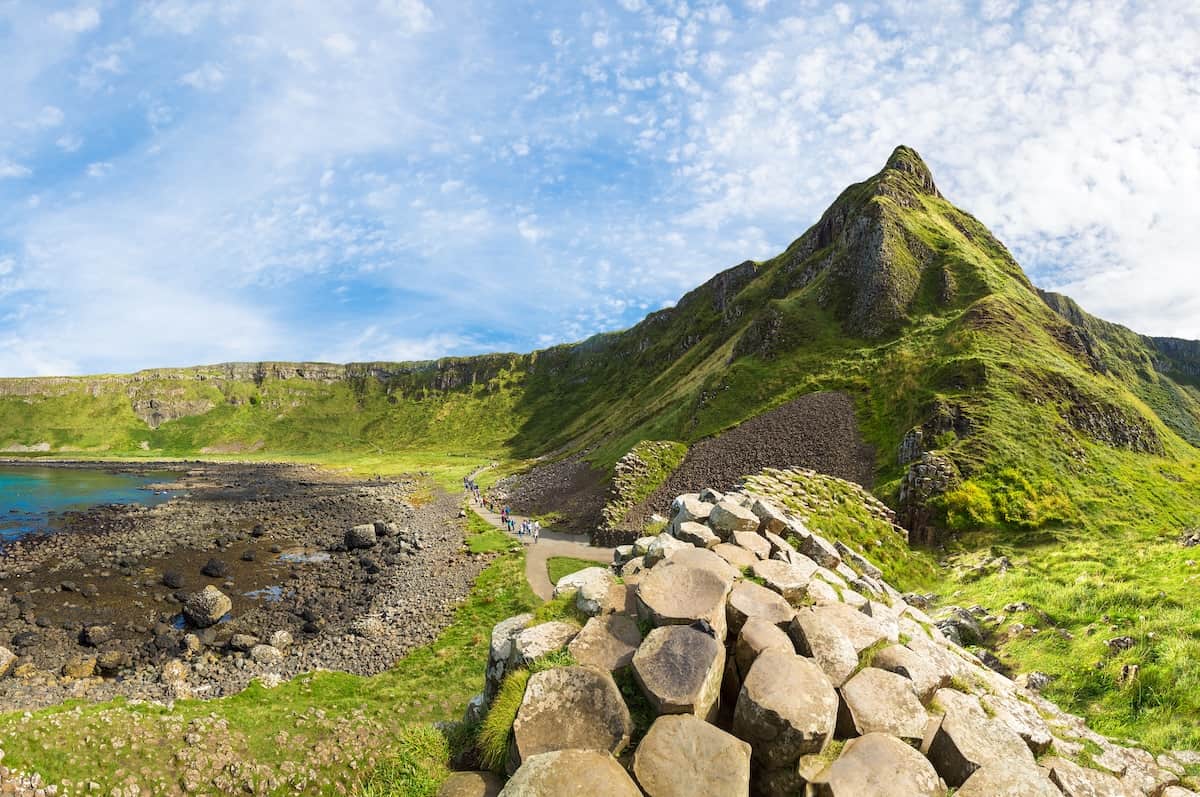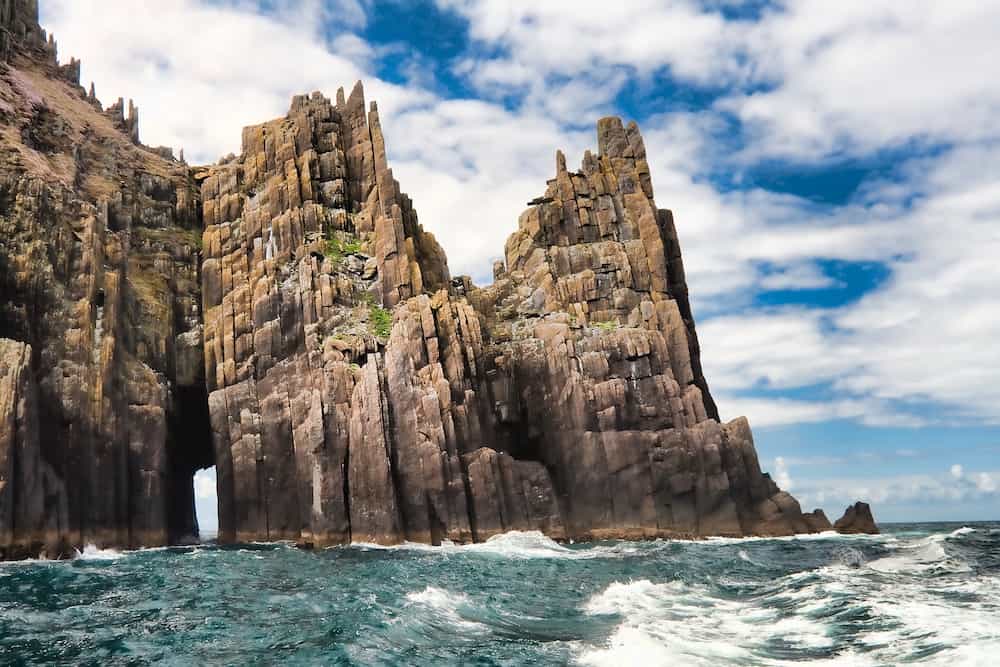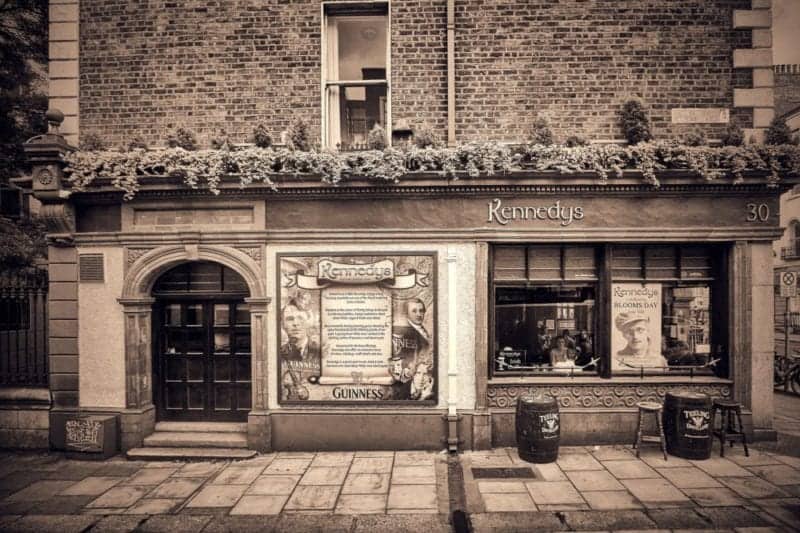18 Things to do in Cork – That People Actually Do!
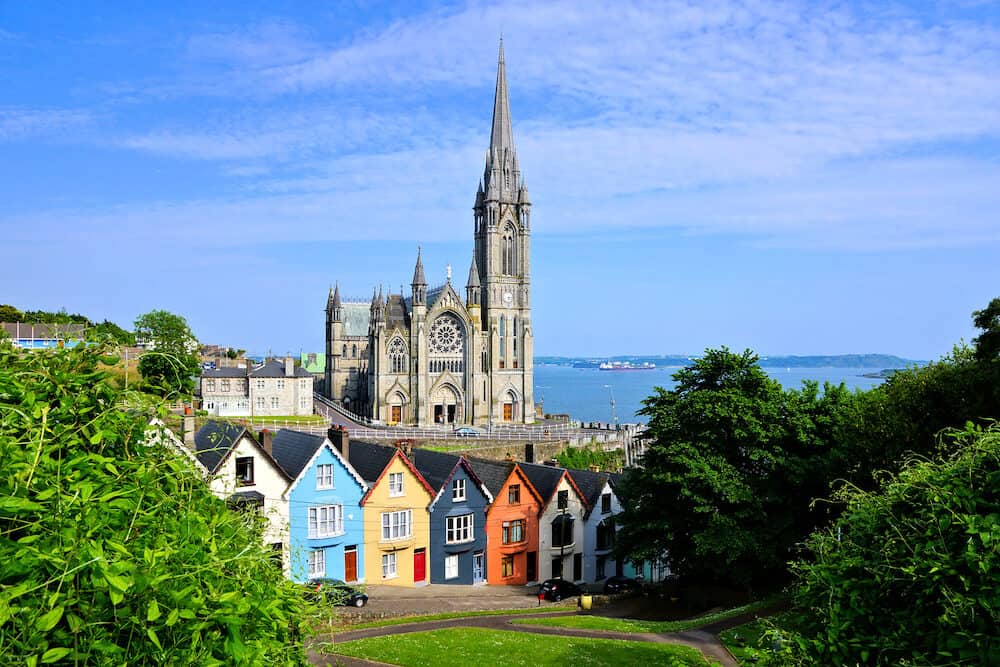
Cork is the second-largest city in the Republic of Ireland, located in the southwest of the country. Two and a half hours from Dublin by train, Cork is an underrated destination for a casual weekend getaway.
Although it is a relatively small city, there are always fun events and festivals that keep things lively and interesting for locals and tourists alike. Not to mention, Cork is full of charming architecture, beautiful scenery, and superb eateries.
Wondering what attractions and activities there are in this quaint city? Keep reading to discover 18 entertaining things to do in Cork, Ireland.
Plan your trip
Save on fees abroad with the Wise Card—use it at ATMs, restaurants, and for flights or hotels in over 150 countries. Manage 40+ currencies in real-time with the Wise app.
Need Help Planning?
- Cheap Flights: Find the best deals.
- Accommodation: From hostels to luxury stays.
- Car Rental: Affordable options worldwide.
- Sightseeing Tours: Explore without breaking the bank.
- Travel Adapter: One adapter for all your needs.
- Travel Insurance: Don’t risk it—stay covered.
This post includes affiliate links. Read my full disclosure and content policy.
Blarney Castle
One of Ireland’s top attractions is Blarney Castle. Fortunately, the castle is located only 10 kilometres northwest of central Cork. The medieval fortress along the River Martin dates back to the 15th century and was constructed on the site of a previous stone castle destroyed in 1446. Now partially ruined, some rooms are open for the public to visit.
The castle is best known as the home of the infamous Blarney Stone. According to local legend, those who kiss the stone while upside down will receive “the gift of the gab”. Although it’s what tourists typically hear about the most, the stone is far from the only attraction at Blarney Castle.
The gardens surrounding the castle are extensive and well looked after. Take some time to visit the Fern Garden and Ice House, the Bog Garden, and the Herbaceous Border. The most unique of all is the poison garden where a range of toxic and dangerous plants are kept in cages.
Tickets can be purchased in advance, offering access to everywhere except the Blarney House. Buying online costs €16 for adults compared to €18 at the entrance.
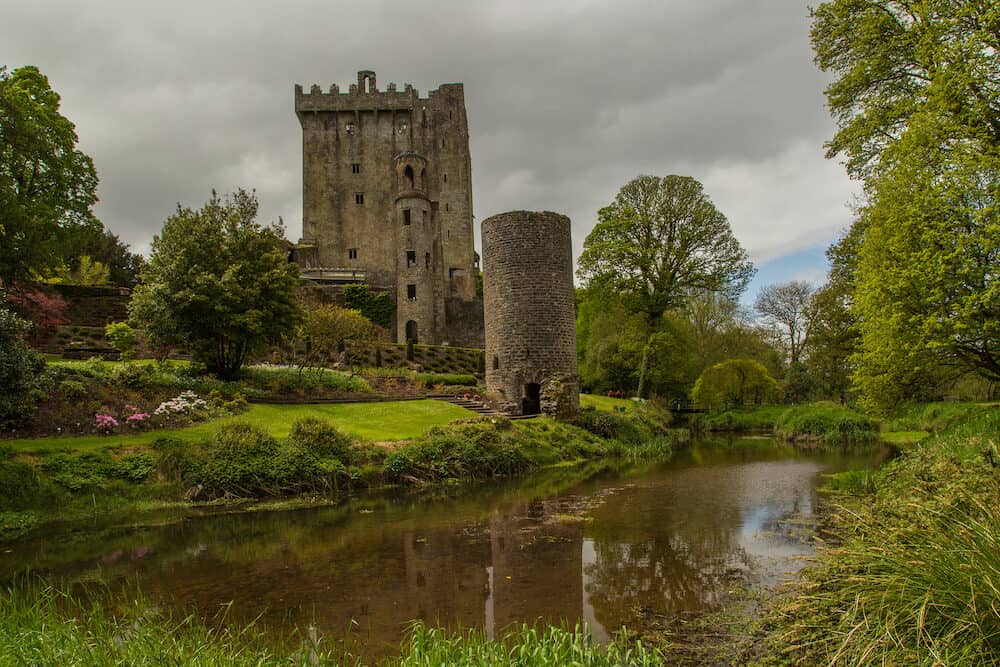
The English Market
In the heart of Cork is the beloved English Market. Set up in 1788, the covered food market stretches from Princes Street to the Grand Parade. Although it’s a popular spot for tourists to check out, the residents of Cork enjoy regularly shopping for their produce here too.
Not only is the English Market the best place to buy fresh fruit, vegetables and fish, but it’s also a multicultural hub offering some of the best cuisines in the city. Farmgate is easily one of the top spots to go for a memorable meal.
The charming, rustic cafe serves up classic and authentic Cork dishes for breakfast and lunch. The menu changes regularly according to the produce available.
The market is open from Monday to Saturday, closing every Sunday. Stop by and indulge your taste buds at the market any time before six in the evening.
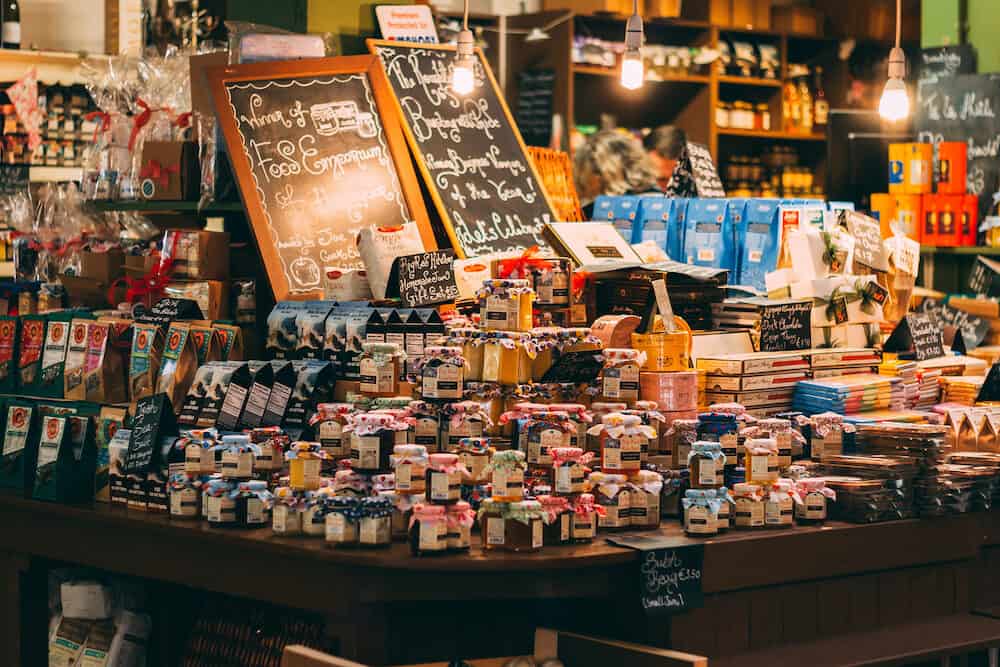
Saint Fin Barre’s Cathedral
An attraction that is sure to take your breath away is Cork’s Saint Fin Barre’s Cathedral. The extravagant Gothic Revival cathedral is built using local stone and features three limestone spires, each with a Celtic cross. Completed in 1879, the impressive structure reaches a height of 54 metres.
There are over a dozen biblical figures at the front entrance and over 1,000 sculptures, 412 of which are inside. Many of the sculptures, designed and overseen by William Burges, are influenced by medieval French iconography. Burges also came up with the design for the mesmerizing coloured stained glass windows.
Saint Fin Barre’s Cathedral is affiliated with the Church of Ireland, meaning there are daily services. If you can, try not to visit right at 10 a.m. or midday to avoid disrupting prayer. The admission fee for adults is €6 and a tour guide is always available to show you around and tell you more about the cathedral.
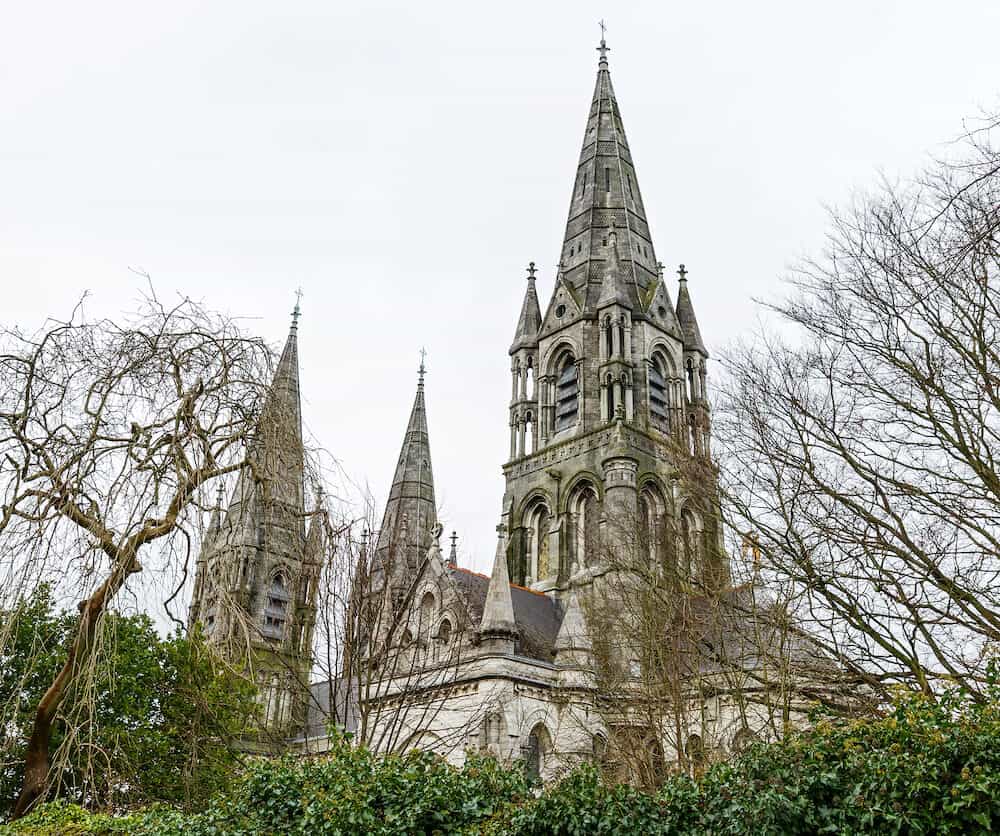
Blackrock Castle Observatory
A top spot to check out is Blackrock Castle along the shore of the River Lee. Although originally built as a defense fortification protecting upper Cork Harbour, the castle is now primarily a visitor centre and an observatory.
Although the structure has stood since the early 1600s, the Blackrock Castle Observatory was only added in 2002. An interactive astronomy exhibition was also created in 2007.
Take the Journeys of Exploration castle tour to the top and look out at picturesque views from the telescope.
If you’re travelling with kids, they’ll be kept entertained at the Cosmos at the Castle planetarium show, running hourly from 11 a.m. until 4 p.m. each day. The observatory is open from 10 a.m. to 5 p.m. daily, so you’ll easily be able to fit in a visit during your trip.
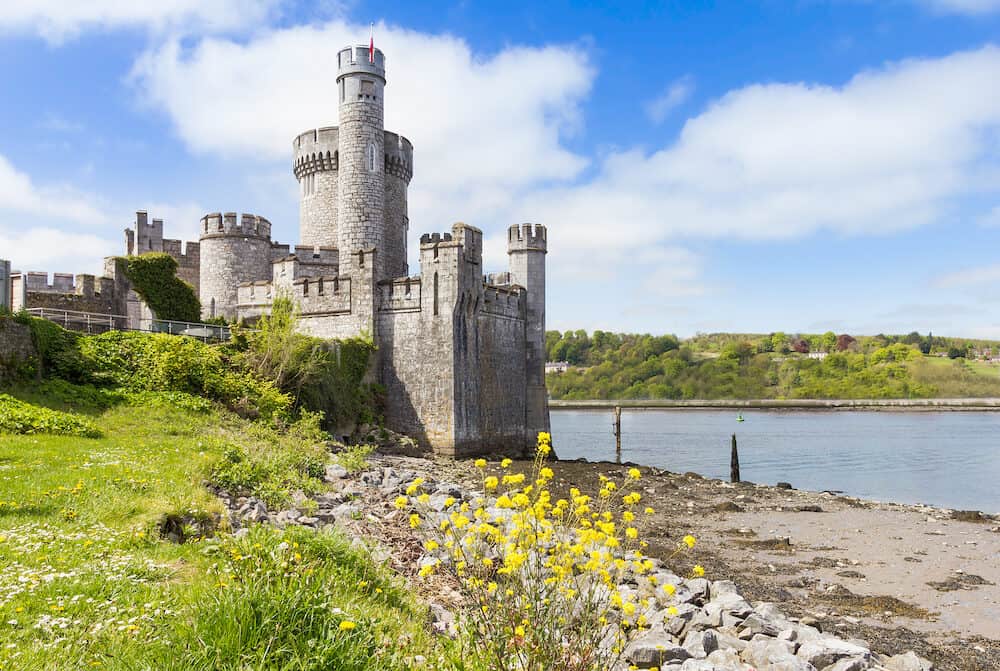
Cork City Gaol
One of the most fascinating things to do in Cork is to take a tour of Cork City Gaol. The eerie former prison was open between 1824 and 1923 before falling into disrepair.
Following restoration, the building opened to the public as a museum in 1993. Before its closing, 42 prisoners managed to escape from the jail. Despite the gloomy cells and dark past of the prison, the Gothic and classical architecture is quite enchanting.
Tickets cost 10€ per adult and include a guided tour, which lasts for about an hour and a half. Private evening tours are available as well. The jail is open 360 days a year, with shorter opening hours from October to March.
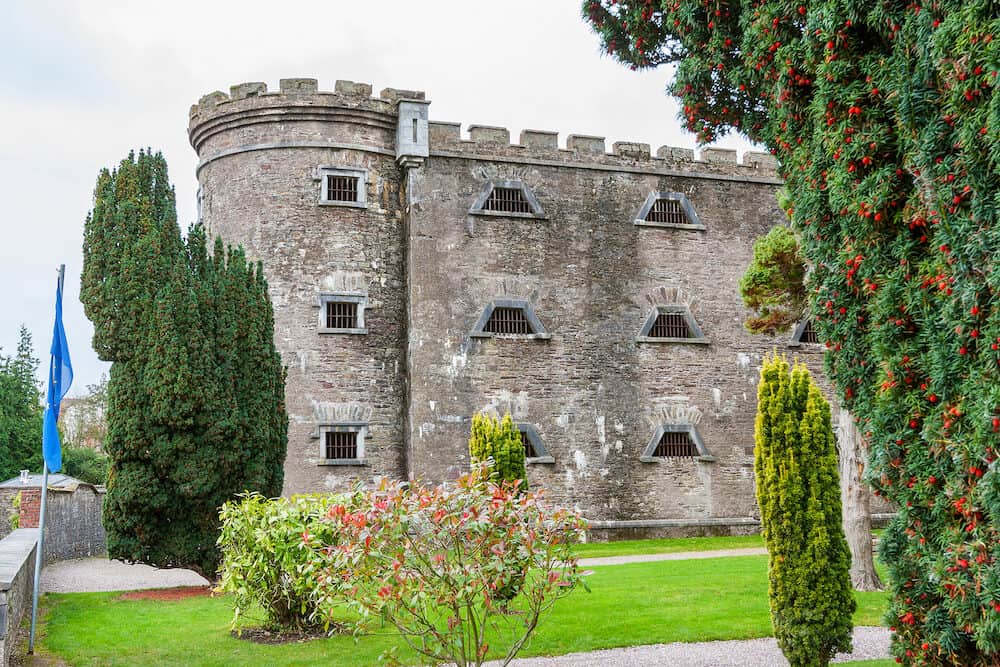
Spike Island
Within County Cork, there is an island known for its 18th-century star-shaped fort. Fort Mitchel on Spike Island is one of Europe’s most interesting tourist attractions and was once home to the largest prison in the world.
Construction of the enormous fort began in the early 1800s during the threat of invasion from Napoleon. The strategic shape created ideal sniper positions that were nearly impossible to be seen by enemies.
Individual tickets cost €22 or €42 for two people. This includes a 10 to 20-minute ferry ride from Cork and back, as well as a guided tour lasting over an hour.
The knowledgeable guides can take you to places on the island that aren’t open to the general public. If you prefer to explore on your own, however, there’s a 16-point map you can follow as you walk around the island.
The after dark tour is popular as well, though certainly not for the faint of heart! Wander through mysterious underground tunnels and hear about some of the gruesome events that occurred here.
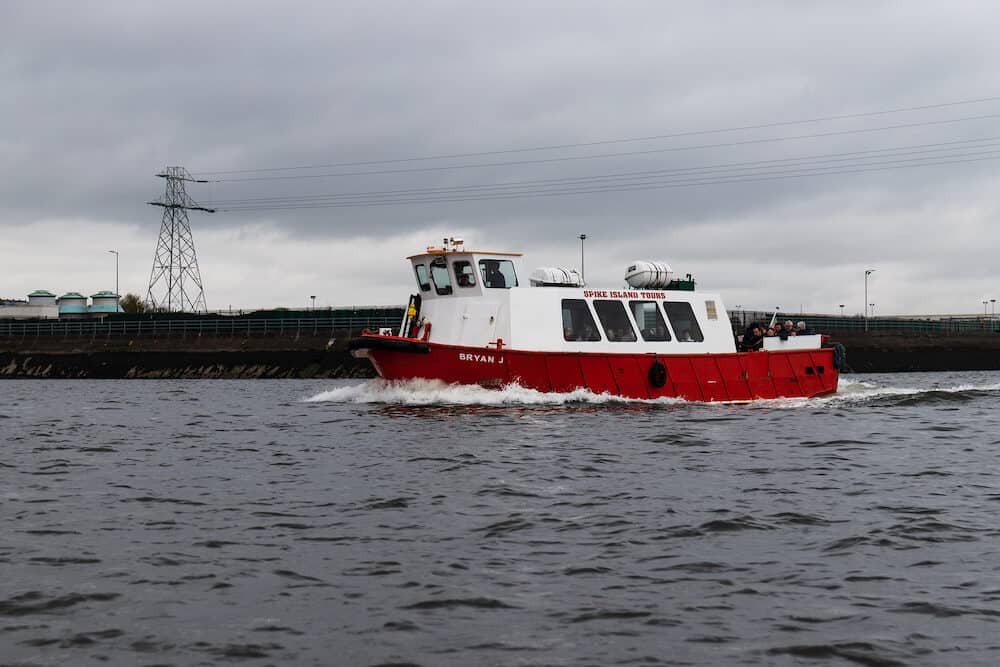
Crawford Art Gallery
Inside of the old 18th-century Customs House is the Crawford Art Gallery. Known simply as the Crawford, the space is dedicated to both historic and contemporary visual arts.
While the gallery was established in 1979, the building has been home to schools of art and design for the past few centuries.
The gallery’s permanent collection showcases around 4,000 different works, ranging from Greek and Roman sculpture casts acquired in 1818 to modern video installations.
Join a free guided tour and discover some incredible Irish art from the 19th and 20th centuries. The Crawford is open daily, with extended hours on Thursday evenings.
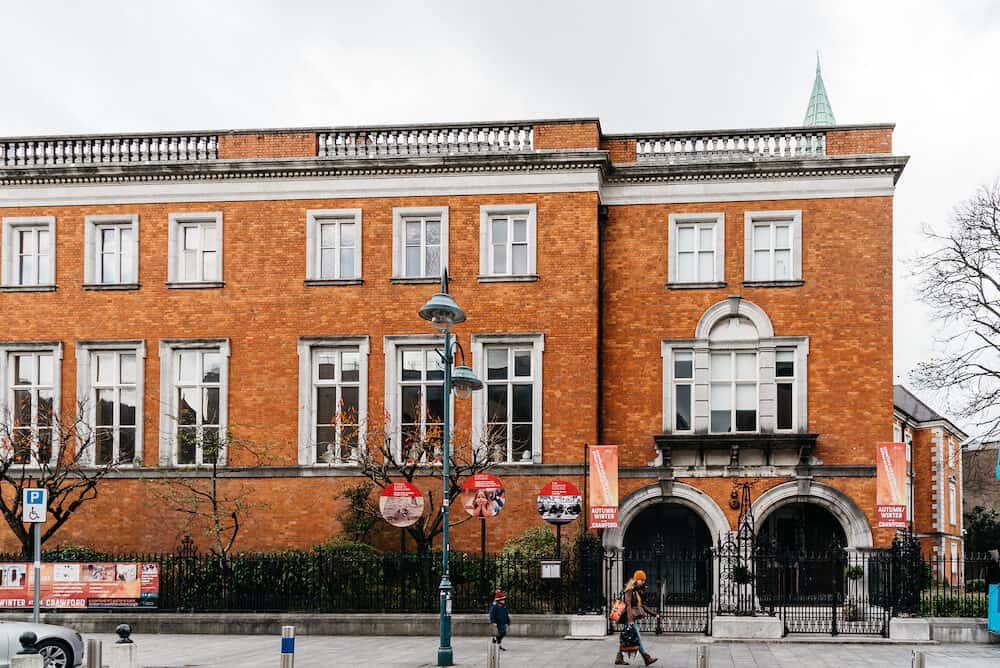
Fota Wildlife Park
For an unforgettable experience, head to Fota Island and spend the day at the not-for-profit Fota Wildlife Park.
Fota aims to promote conversation and is involved in initiatives to maintain endangered species, including Sumatran tigers, Asiatic lions and Indian rhinos. More than 200 cheetah cubs have been born since 1985 as a result of the park’s breeding programme.
Across 400,000 square metres, there are almost 30 mammal species and 50 bird species. The habitats mimic the way each species lives in the wild, with some animals roaming freely throughout certain sections.
Tickets can be booked online at the bargain price of €16.70 per adult, with discounts for families, students, children and seniors.
Not only will you get to see some adorable animals, but you will also learn about their unique traits and have the opportunity to help the park’s conservation efforts.
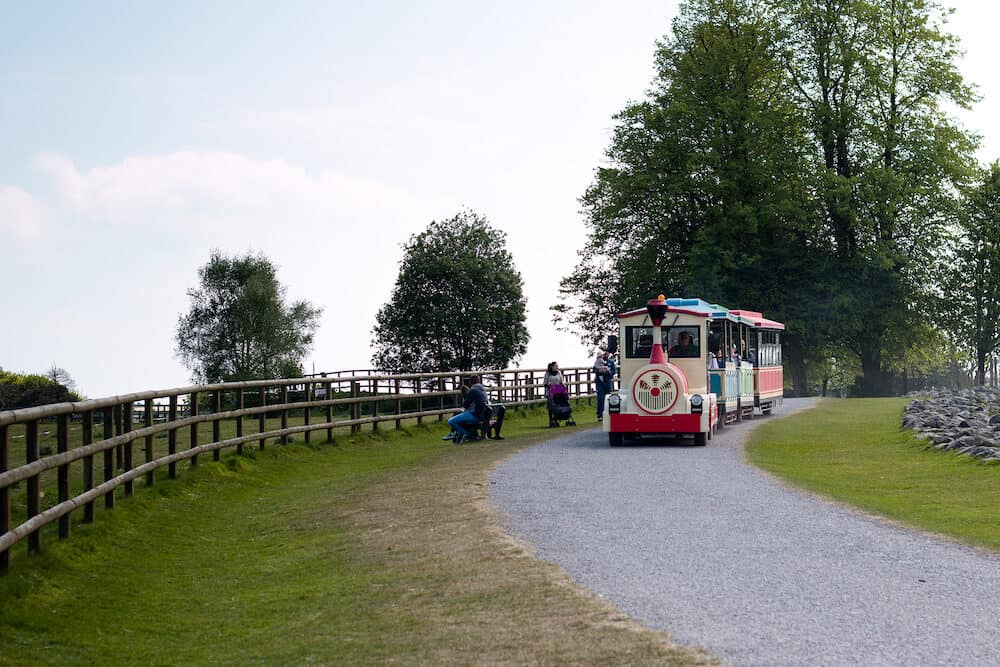
The Glucksman
The Lewis Glucksman Gallery is an award-winning cultural institution at University College Cork. Inside the chic and modern building are various art exhibitions, a shop full of interesting gifts, and a beautiful riverside artisan cafe.
There are always great events happening here too, from culture nights to music performances and even beer tasting. Check the website ahead of your trip to see if anything on the calendar catches your eye.
The Glucksman is free to visit from Tuesday to Saturday, as well as 2 p.m. to 5 p.m. on Sundays.
Fitzgerald Park
If it’s a nice day out, head to Fitzgerald Park for the afternoon. This peaceful oasis is right within the centre of Cork by the River Lee and Daly’s Bridge. As you stroll through the tranquil green space, appreciate the unique sculptures, manicured gardens and large central fountain.
The award-winning Sky Garden installation by Irish garden designer Diarmuid Gavin is on display here and is accessible via a short bridge. There’s also a playground for the kids and a cafe with beautiful, natural views. In the summertime, you’ll see a few adventurous people jumping from the bridge into the river.
Camden Fort Meagher
Another fascinating historical spot to tour is Camden Fort Meagher. This defense fortification was built in the 1860s to protect Cork Harbour and is located in the County Cork village of Crosshaven, just over 20 kilometres south of central Cork.
This fort is unique in that 65% of it is underground. While touring the tunnels is certainly the highlight, the views from atop the structure are just as stunning. The informative and enthusiastic volunteer guides will make your time here even more memorable, offering you a wealth of historical knowledge.
This is definitely an underrated attraction, as so many tourists skip it in favour of Spike Island. It is also only open to the public seasonally from June to mid-September. If you’re visiting Cork during the summer, you won’t regret putting Camden Fort Meagher on your must-visit list.
Nano Nagle Place
Nano Nagle Place is an unexpected gem in the heart of Cork. On the site of the old South Presentation Convent, founded by Nano Nagle in 1775, is an urban escape.
The complex consists of a walled garden, the Good Day Deli cafe, a design shop, and 200-year-old heritage buildings. The graves of Nano and her Presentation Sisters are also found here.
Come and take part in a heritage experience to discover what life was like during the 18th century in Cork. You’ll also find out about all of the selfless work done by Nano to help and educate the disadvantaged. An interactive guided tour runs daily at three o’clock.
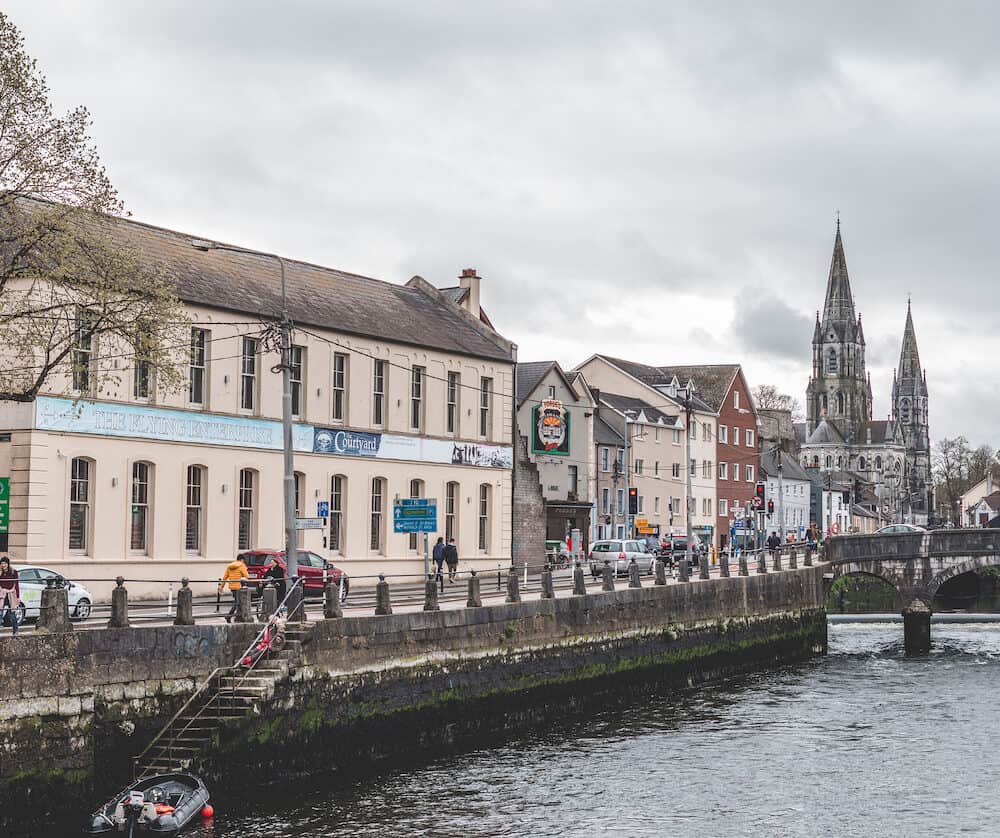
The Red Abbey Tower
The Red Abbey Tower is a magnificent 14th-century bell tower in Ballintemple, Cork. It is the only surviving structure from medieval times, and all that is left of the original Augustinian abbey church.
As a result, it is now considered a national monument and protected by the city. The name comes from the reddish sandstone used to build the structure, although it appears more grey. The tower is truly a sight to behold as the sun sets behind it, so try to time your visit accordingly.
Triskel Arts Centre
The go-to venue for live music, book readings, independent film screenings, and special cultural events is the Triskel Arts Centre. Triskel Christchurch, a former 18th-century Neoclassical Georgian church, is the centre’s primary auditorium.
A diverse range of international films are screened here each week, so head to the official website for schedule information.
The gallery showcases the works of contemporary artists with rotating visual art exhibitions. Admission is free, and the space is open until 8 p.m. every evening.
A ton of fun festivals are also held here annually, including the Cork Film Festival, the Cork Folk Festival, and the Cork Jazz Festival.
St Anne’s Church
The Church of St Anne’s is well worth the trip to the district of Shandon. The church was built in the 18th century atop a hill overlooking the River Lee. The 51-metre-high clock tower is a symbol of the city and easily the highlight of the church.
Visitors can climb the tower to reach the observation deck, which provides spectacular panoramic views over Cork.
Before being repaired in 2014, the clock tower was referred to by the older locals as the “Four Faced Liar”. Strong winds would move the clock hands, causing the four faces on each side to show different times.
Visitors also have the opportunity to ring the church bells and play the song “The Bells of Shandon” by Francis Sylvester Mahony.
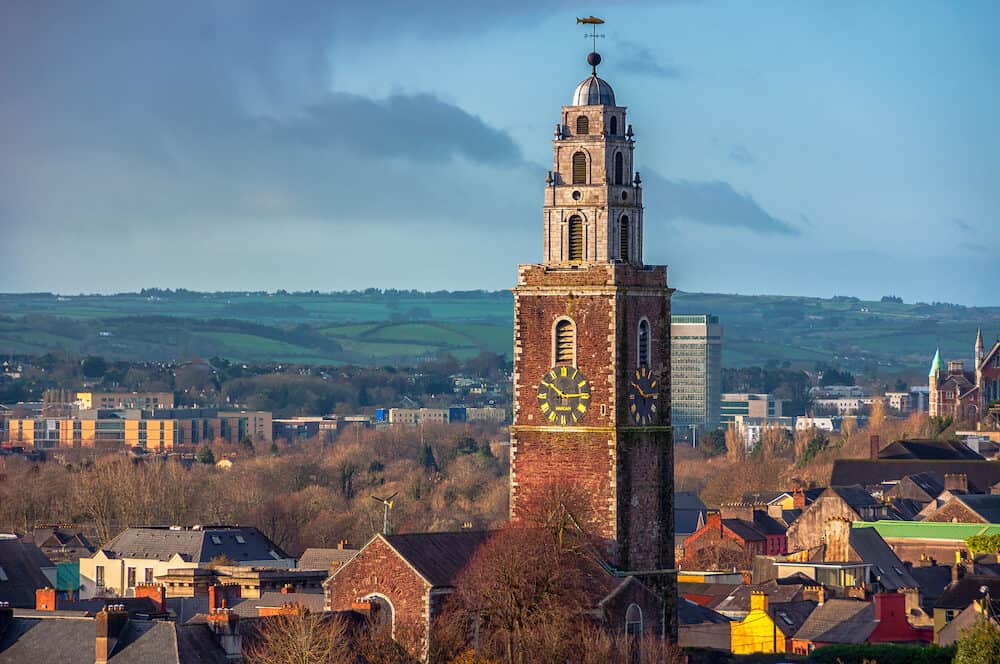
Cork Ghost Tour
For a unique and engaging walking tour, choose the Cork Ghost Tour. Equal parts spooky and educational, you will get to see the real Cork while hearing factual and humorous tales from your charismatic guide.
This one hour adventure costs €15 for adults or €12 for kids and concession holders. The tours typically begin at 7 p.m. and run from May to September.
Saints Peter and Paul’s Church
This 19th-century Catholic church dedicated to Saint Peter and Saint Paul is absolutely extravagant.
The Gothic Revival building features a grand Carrara marble altar and a stunning apse decorated with gold and blue ceiling panels. The church is open to the public daily if you’d like to stop by and appreciate the splendid architecture.
Opera Lane
For a spot of shopping, Opera Lane is the place to go. This pedestrian-only retail hub in central Cork offers the very best in fashion, beauty and health.
You’ll find brands like H&M, Topshop and Topman, Tommy Hilfiger and Gap, as well as some wonderful independent boutiques. After you’ve checked out all the shops, there are some wonderful cafes for you to enjoy a coffee and unwind.
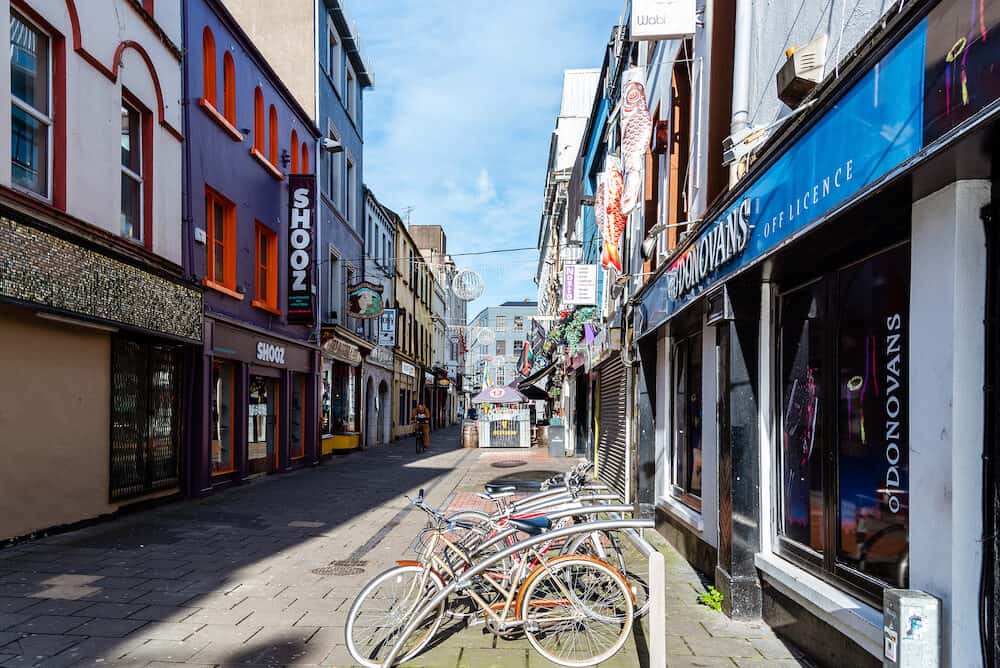
Recommended tours in Cork
- Ring of Kerry Full-Day Guided Tour from Cork
- Jameson Experience in County Cork
- Dingle and Slea Head Tour from Cork
- Ring of Kerry Private Tour from Cork
- Blarney Castle Tour from Cork including Cobh
- Cliffs of Moher Private Tour from Cork
- Private luxury tour Cork – Wild Atlantic Way, Kinsale, Timoleague Abbey & more
- Cliffs of Moher Day Trip from Cork
- Award-Winning Smoked Salmon Tasting and Private Smokehouse Tour with a Local
If you’d like to save it for later, please save it to Pinterest.
